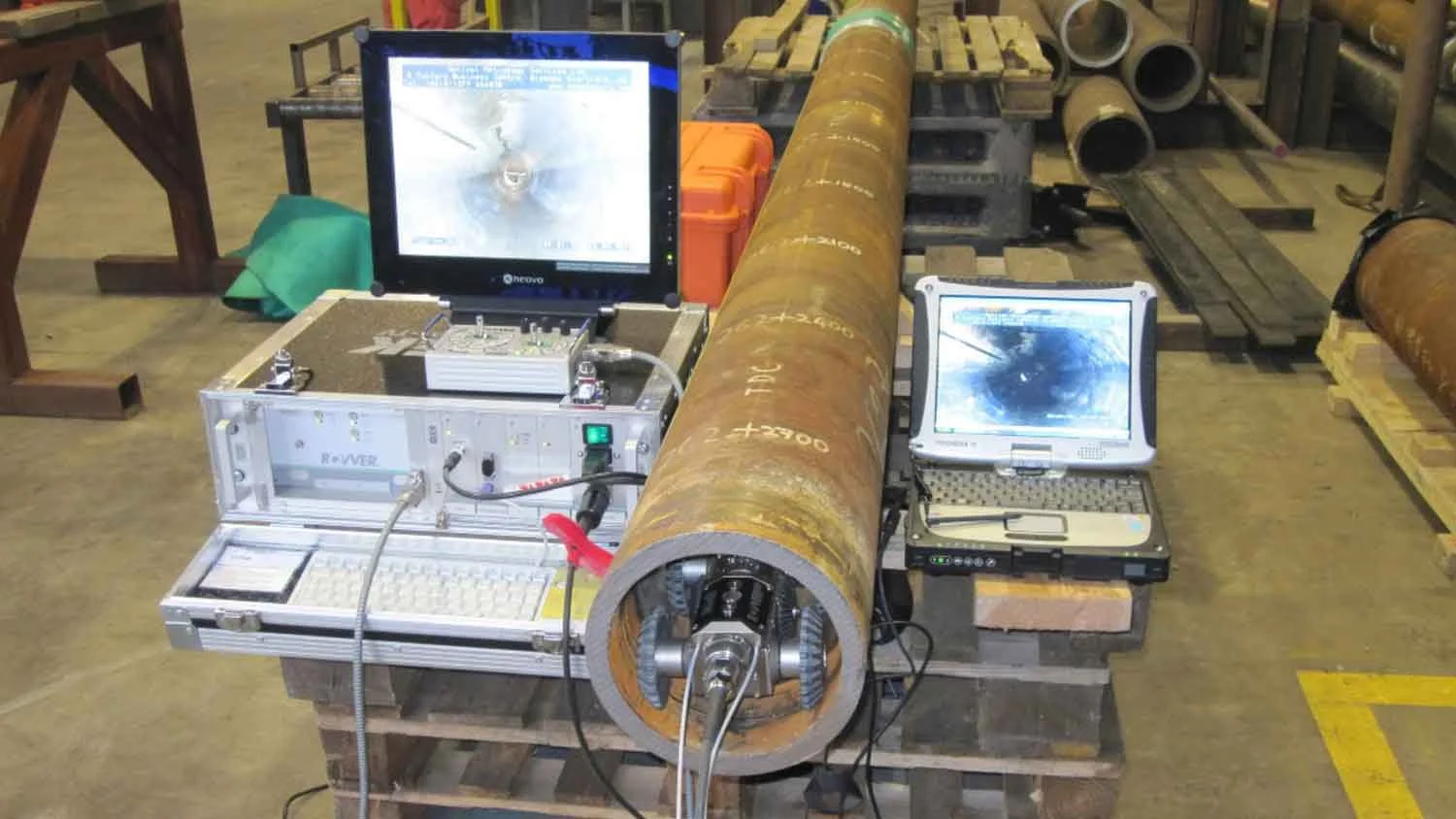Optimizing Efficiency: Pipeline Welding Evaluation Best Practices
By implementing finest methods for pipeline welding assessment, organizations can enhance processes, minimize mistakes, and enhance task timelines. The careful attention to information required in welding evaluation holds the crucial to the long-lasting longevity and reliability of the pipes, making it a subject of utmost relevance in the market.

Importance of Effective Welding Assessments
Efficient welding inspections play an important duty in guaranteeing the structural integrity and safety of pipes. Appropriate evaluations are essential to identify any defects, stoppages, or flaws in the welded joints that can endanger the general honesty of the pipe system. By performing thorough inspections, inspectors can detect problems beforehand, avoiding potential leakages, ruptures, or failings that can have significant ecological and safety repercussions.
Prompt and exact welding assessments also assist in keeping conformity with sector criteria and laws. Adhering to these requirements is not just a lawful requirement but likewise a required measure to assure the integrity and durability of the pipelines. Moreover, effective examinations can contribute to set you back savings by reducing the need for expensive repair services or substitutes due to welding issues that could have been prevented or fixed during the examination process.
Making Use Of Modern Technology for Evaluations
To boost the effectiveness and accuracy of pipeline welding assessments, the integration of sophisticated technologies has become increasingly important in making sure detailed and precise assessments of welded joints. One of the crucial technological innovations in pipeline welding examinations is the usage of automated ultrasonic testing (AUT) systems. By welcoming these technical services, pipe welding evaluations can be performed more successfully, leading to higher top quality welds, enhanced overall security, and lowered job timelines.
Developing Clear Inspection Procedures
Establishing clear evaluation protocols is crucial for guaranteeing consistency and reliability in the pipe welding inspection procedure. These protocols function as a set of guidelines that lay out the particular steps, criteria, and methods to be adhered to throughout assessments. By plainly defining the inspection protocols, all assessors associated with the process can recognize their duties and roles, resulting in a more reliable and standardized examination process.
Normal evaluation and updates to the assessment procedures are additionally vital to adapt to transforming sector standards and needs. By continually refining and improving the methods based upon feedback and lessons discovered, pipe welding examinations can support the best quality standards and regulative compliance.
Training and Qualifications for Examiners

Educating and qualifications for inspectors are critical in making sure the capability and efficiency of people tasked with looking after pipe welding procedures - Pipeline Welding Inspection. Effectively trained inspectors have the necessary knowledge and skills to effectively examine weld high quality, adherence to welding procedures, and conformity with sector standards and guidelines
Certifications, such as those provided by the American Welding Society (AWS) or the American Oil Institute (API), verify an assessor's competence and capacity to do examinations to the greatest standards. These accreditations usually require rigorous training, exams, and continuous specialist development to ensure that assessors stay current with the most recent innovations in welding innovation and examination strategies.
Along with official certifications, continual training programs play an important duty in boosting examiners' capacities. These programs cover a large range of topics, try these out including welding processes, defect discovery, safety and security methods, and pertinent codes and requirements (Pipeline Welding Inspection). By spending in comprehensive training and certifications for assessors, companies can support the stability of their pipe welding tasks and alleviate the risks related to second-rate welds
Constant Enhancement in Assessment Processes
Building upon the structure of certified and skilled examiners, continual enhancement in inspection processes is essential for guaranteeing the ongoing top quality and conformity of pipeline welding procedures. By applying a system of continual renovation, pipe welding assessment procedures can develop to meet the altering needs of the sector, technical innovations, and regulative needs. This includes consistently evaluating and reviewing read here examination strategies, procedures, and tools to recognize areas for enhancement.
One key facet of constant enhancement in examination procedures is comments. Gathering input from assessors, welders, designers, and other stakeholders enables an extensive analysis of present techniques and the recognition of possible areas for renovation. Furthermore, leveraging data and analytics can offer useful insights right into the efficiency of assessment procedures, allowing informed decision-making for optimization.
In addition, investing in training and development programs for inspectors can ensure that they are outfitted with the newest expertise and skills to execute their obligations efficiently. Continuous renovation is a vibrant process that calls for devotion and commitment from all stakeholders to drive excellence in pipe welding examination techniques.
Final Thought
In conclusion, making the most of efficiency in pipe welding evaluations is crucial for guaranteeing the high quality and safety of facilities projects. By making use of modern technology, developing clear protocols, supplying appropriate training and accreditations for assessors, and continually enhancing evaluation processes, organizations can simplify their operations and minimize threats. It is necessary for sectors to focus on efficient welding inspections to maintain high standards and fulfill regulatory needs.
Effective assessments can contribute to cost financial savings by decreasing the need for pricey repairs or substitutes due to welding issues that could have been stopped or corrected during the examination process.
Establishing clear evaluation protocols is important for ensuring uniformity and integrity in the pipeline welding evaluation procedure. By clearly defining the assessment methods, all examiners included in the process can comprehend their duties and roles, leading to a more standard and More about the author effective evaluation process.
Clear examination methods assist in minimizing the probability of errors or oversights during the inspection procedure.Structure upon the foundation of experienced and qualified assessors, continual enhancement in assessment procedures is vital for guaranteeing the continuous top quality and conformity of pipe welding procedures.